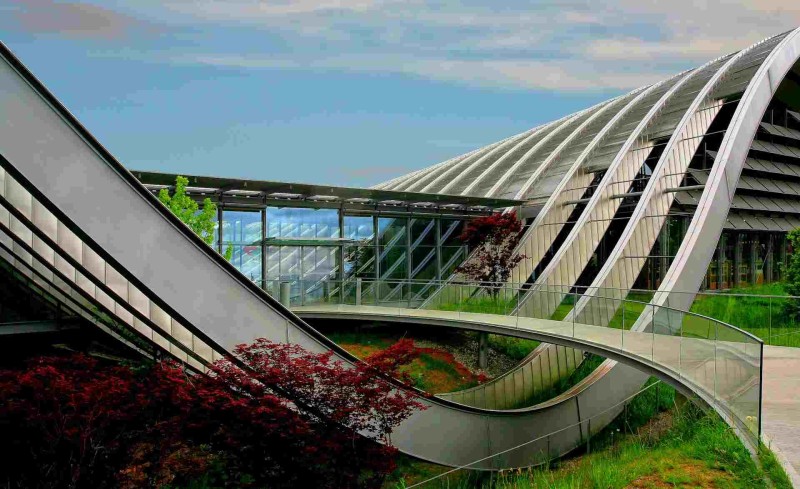When we marvel at the grandiosity and timelessness of classical architecture, it's easy to overlook the individual components that contribute to its majesty. One such element, which is often overshadowed by the likes of columns and pediments, is the architrave. This unassuming yet crucial member of the classical architrave trifecta has a rich history and plays a vital role in defining the style and grace of some of the world's most famous buildings.
What is an Architrave?
In simple terms, an architrave is the lintel or beam that rests on the capitals of columns. It functions as the most basic part of a columnar structure and forms the lowest part of the entablature, the horizontal structure that extends across the tops of columns. The architrave is also the connecting element that binds the columns together, making it an essential part of the architectural ensemble.
Origins and Evolution
The architrave has been present in architecture for millennia, evolving over time as civilizations added their own interpretations and designs. In ancient Egyptian temples and Greek architecture, architraves were typically flat, sturdy, and functioned as the primary support of the roof without any ornamental additions. This practicality was characteristic of the architrave's early forms, where simplicity reigned over embellishment.
However, with the rise of the Roman Empire, architraves began to take on a more decorative role. Roman architecture introduced the three main classical orders – Doric, Ionic, and Corinthian – each of which featured architraves with distinct styling, including friezes and sculpted reliefs. This marked a turning point for the architrave, as it became a surface for artistic expression, detailing historical events, deities, and intricate designs that celebrated the glory of the empire.
The Role of Architraves in Monumental Structures
In monumental structures like the Parthenon and the Pantheon, architraves are more than just architectural supports – they are canvases for the visual narratives of the society at the time. The Parthenon, for example, boasts a Doric frieze that depicts the Panathenaic Procession, showcasing the importance of Athenian celebrations and deities. Meanwhile, the Pantheon in Rome, with its colossal Corinthian columns and intricate architraves, illustrates the wealth and power of the Roman Empire.
These examples underline the architrave's role in uniting the art of sculpture with the craft of construction. They are testaments to how this simple yet integral component of classical architecture can communicate and immortalize the values, stories, and aesthetics of a civilization.
Architraves Today
The legacy of architraves lives on in contemporary architecture, where classical forms are often revisited and reimagined. Modern architects and designers still find inspiration in the architrave's structure and decoration, using it to create a sense of historical and cultural continuity in their work. While modern architraves may be made from different materials and serve a more symbolic rather than structural role, they continue to invoke the grandeur and narrative power of the classical age.
In conclusion, the architrave is more than a mere support mechanism in classical architecture; it is a vehicle for storytelling and a canvas for the artistic spirit of a bygone era. The next time you visit a classical monument, take a moment to appreciate the architraves that form the backbone of these timeless structures, and you'll gain a deeper understanding of the historical significance they carry.
